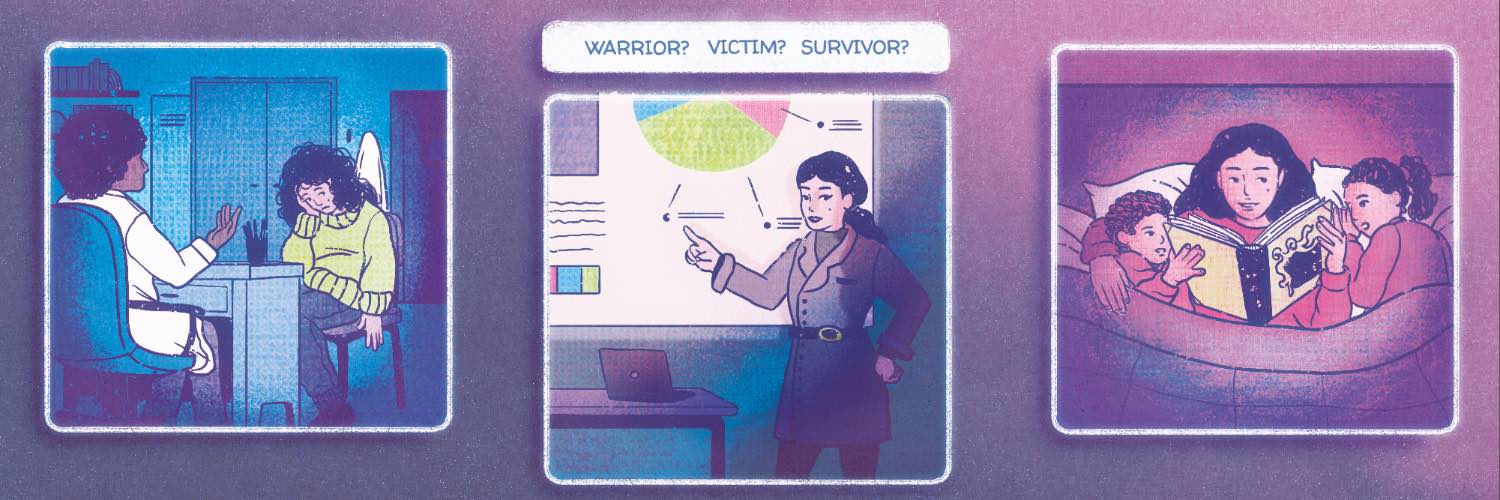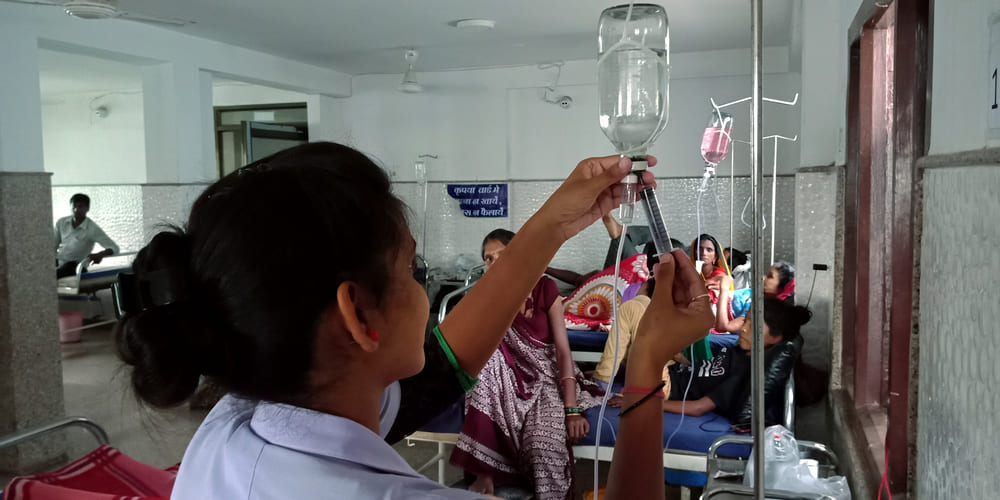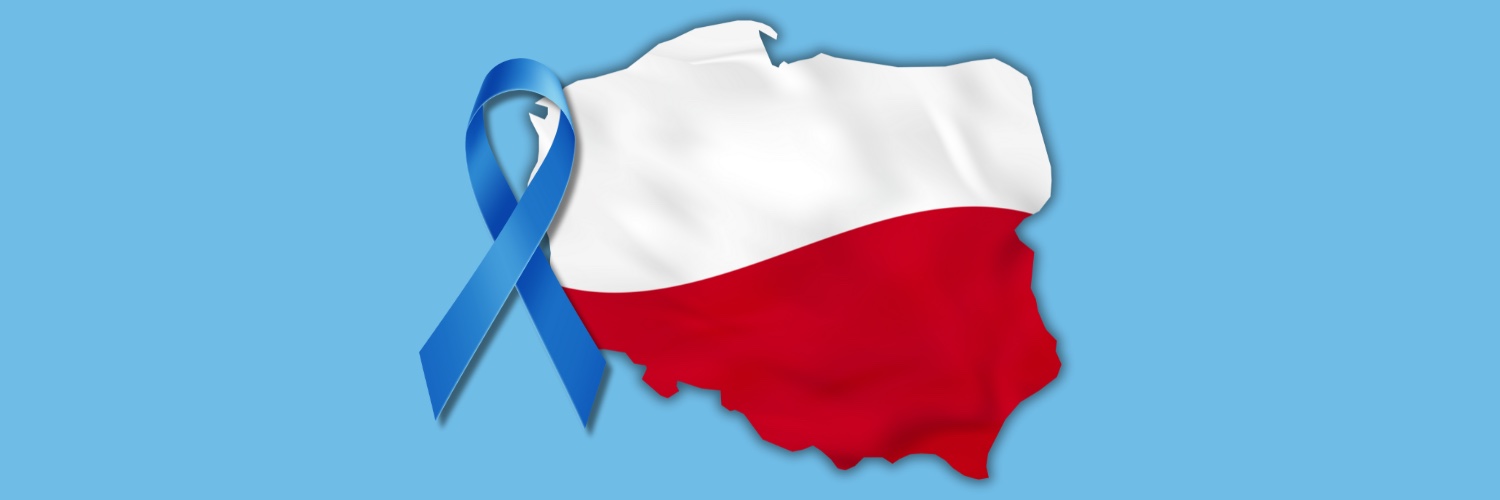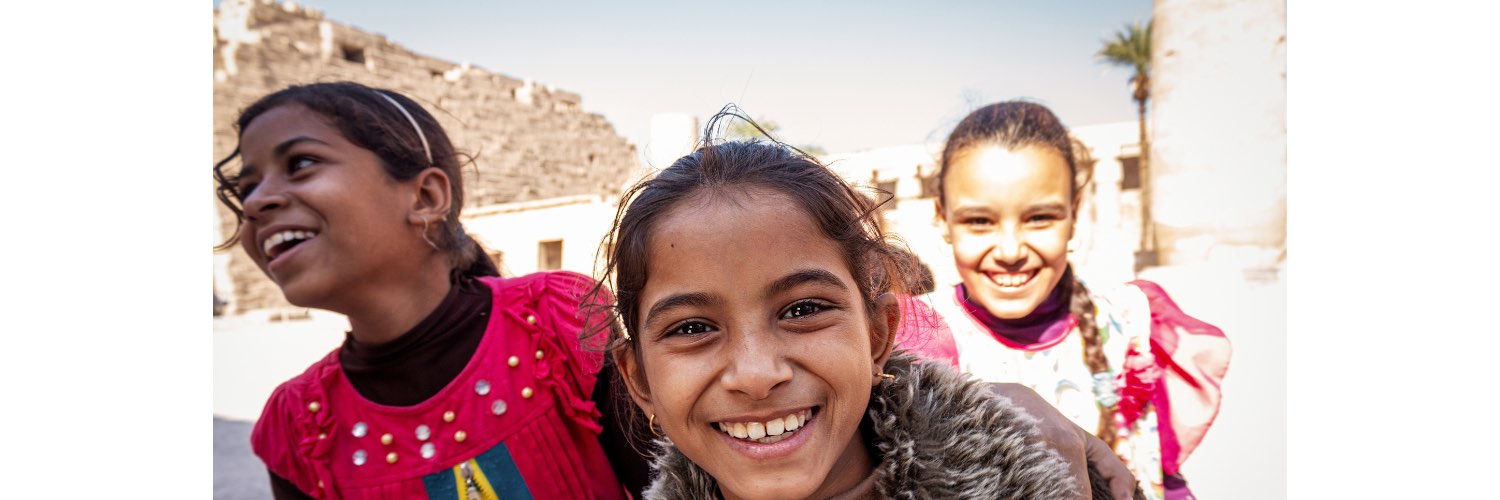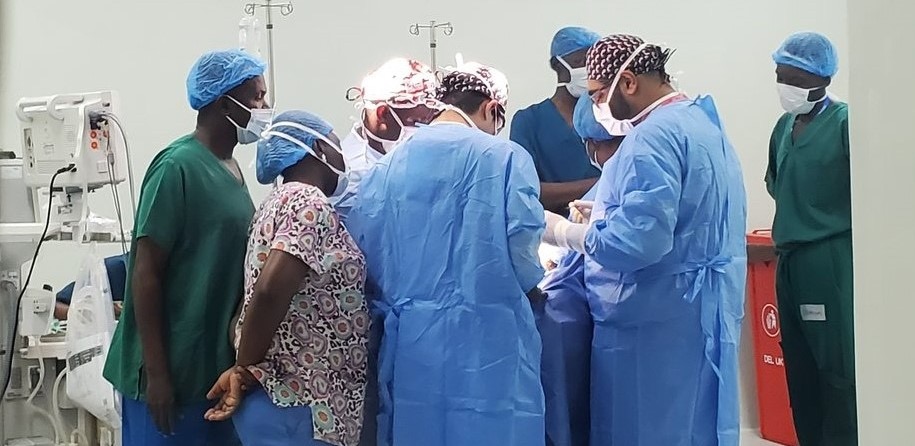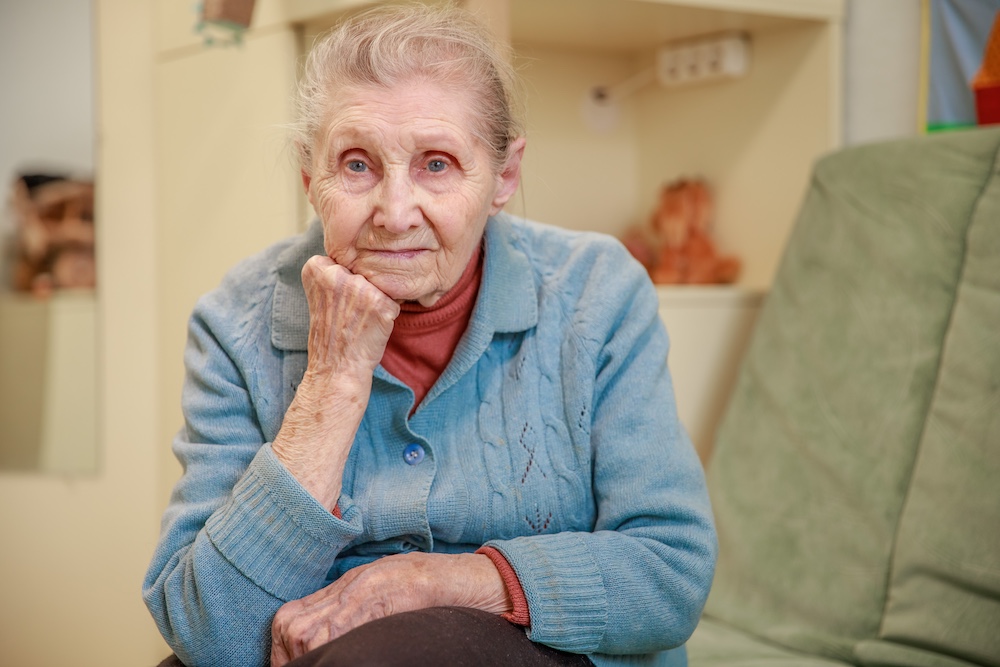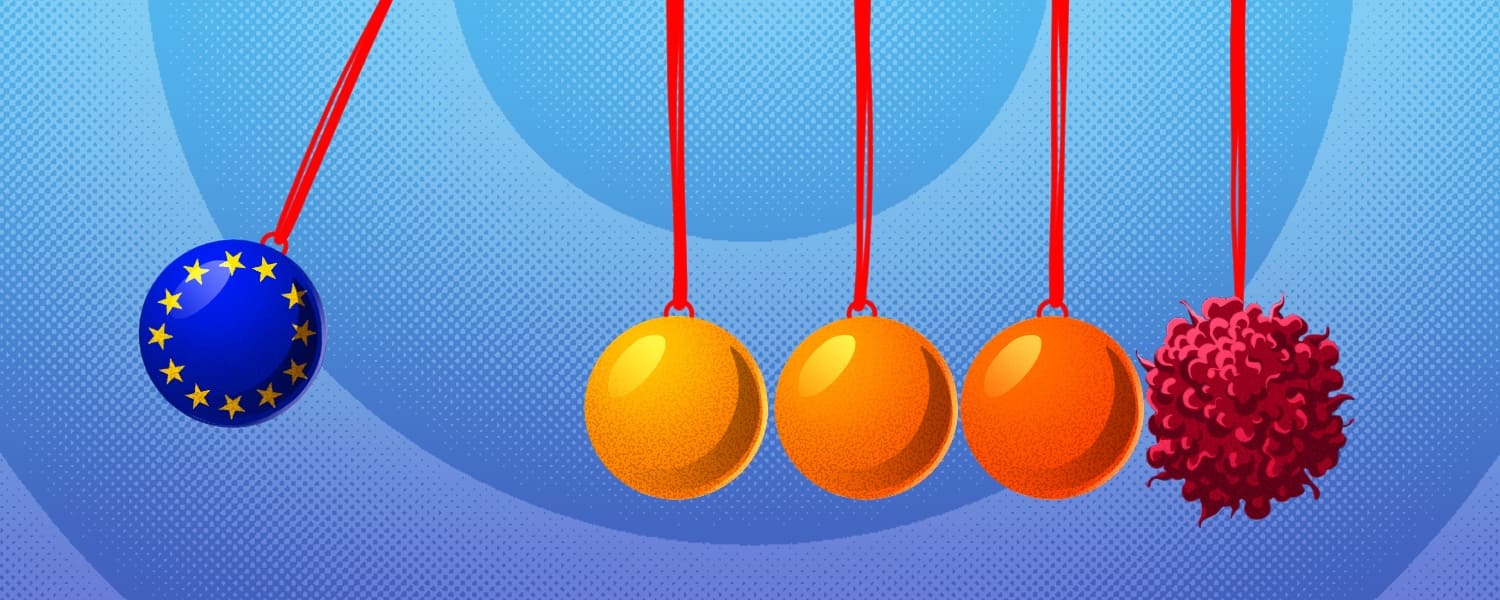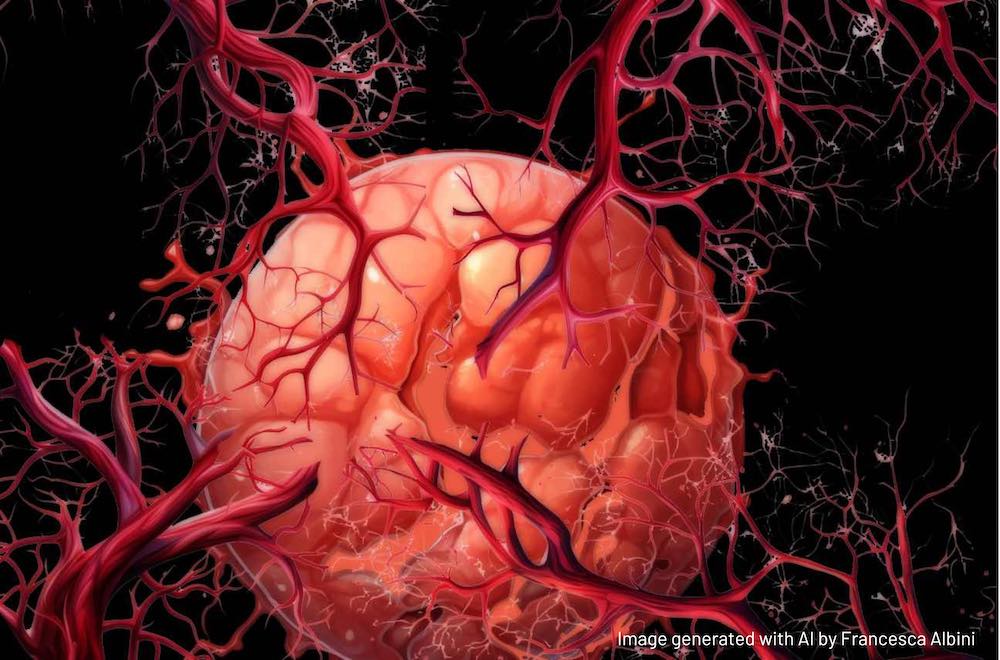Articles
Hero? Survivor? Using the right words matters, but it’s not always straightforward
A new survey of 1,871 people living with cancer in the UK and US has revealed significant differences in the terms that they would like to be used to describe themselves. Descriptive terms such as “victim,” “sufferer” and “cancer stricken”…
Pooled procurement of drugs saves millions for Indian cancer centres
A pilot project pooling the procurement of cancer drugs has led to cancer institutes in India saving over USS 116 million – an 82% average reduction on the drugs' reference prices. The results of the pilot project, led by Tata…
Reversing the rising trend in prostate cancer mortality in Poland
Between 2015 and 2020, age-standardised prostate cancer mortality rates rose by an estimated 18% in Poland, reflecting an increase in deaths from 4,876 to 5,748 over that period. This trend was in sharp contrast to EU countries as a whole,…
From stigma to strategy: Egypt’s journey in combating cervical cancer
Before 2021, there was little official focus on cervical cancer in Egypt. The World Health Organization's 2021 report indicated that fewer than 1 in 10 Egyptian women had been screened for cervical cancer in the previous five years. That was…
Tackling the crisis in Europe’s oncology workforce
"We’ve heard politicians saying, ‘It's a time bomb’. No, it's not a time bomb. We see the system is cracking completely right now." Norbert Couespel, senior coordinator of policy research at the European Cancer Organisation, voices his deep frustration at…
Regional cancer centres to boost access to cancer care across Uganda
The Uganda Cancer Institute, set up in Kampala in 1967 as a centre for research and treatment of lymphoma, was one of the first cancer treatment centres in East Africa, and continues to play a leading role as a national…
Geriatric oncology: how physicians in Latin America are personalising treatments and changing attitudes
When Gerardo Silveyra, a retired chemist from Toluca, Mexico, thinks about his recently deceased mother, Guadalupe Contreras, he regrets not having taken her to see a geriatrician sooner. Contreras, who died aged 93, had been “a very active woman,” and…
Further and faster: ECO mobilises to accelerate momentum from Europe’s Beating Cancer Plan
“All over Europe new initiatives are being triggered. New communities of action are being formed, from young cancer trainees taking part in interspecialty training together, to cancer centres in every country getting ready to be part of a brand new…
Angiogenesis: how cutting the blood supply became a tool against cancer
The human body is permeated by an extensive network of approximately sixty thousand miles of blood vessels – an intricately organised system designed for the precise and efficient distribution of oxygen and nutrients to all cells and organs, and for…
HPV vaccination: generating demand by spreading knowledge and information
"The most sustainable way is for people to understand that when my girl reaches 10 years, I just take her for the HPV vaccine. That's the sustainable way where all of us take responsibility. We either hold our daughters' hands…

